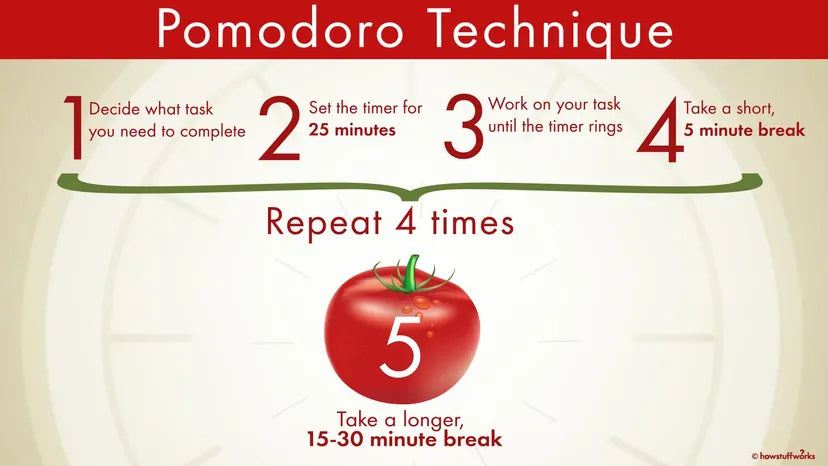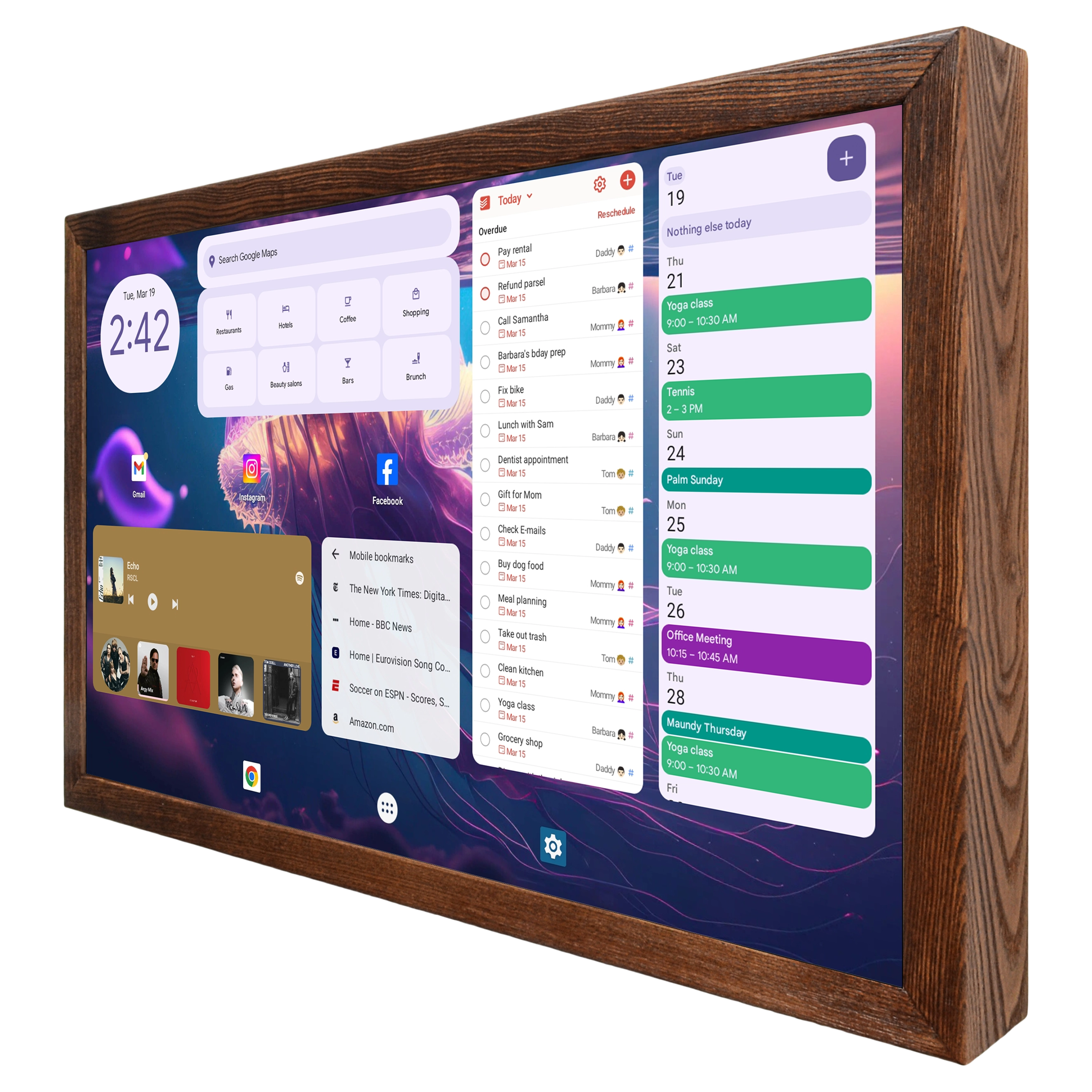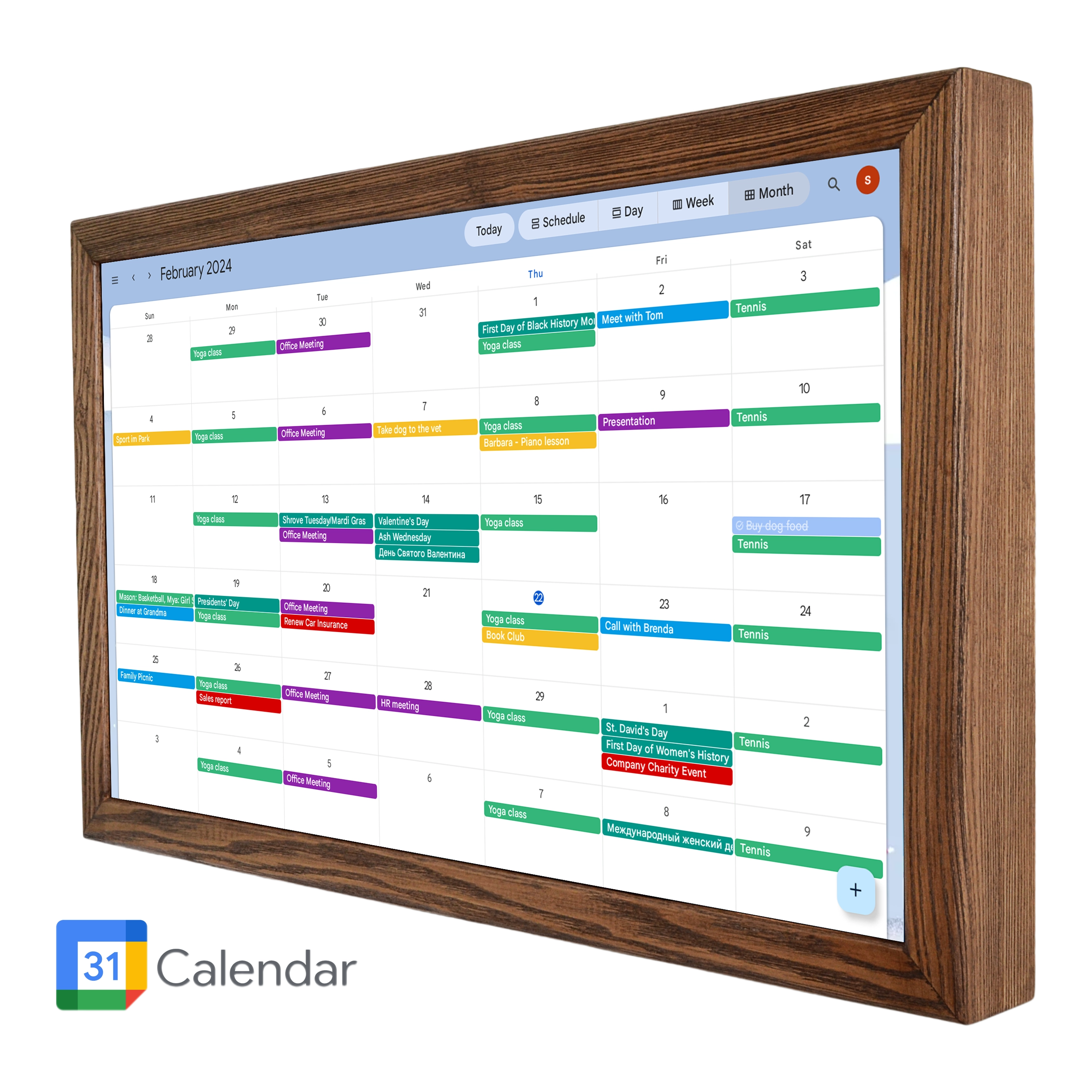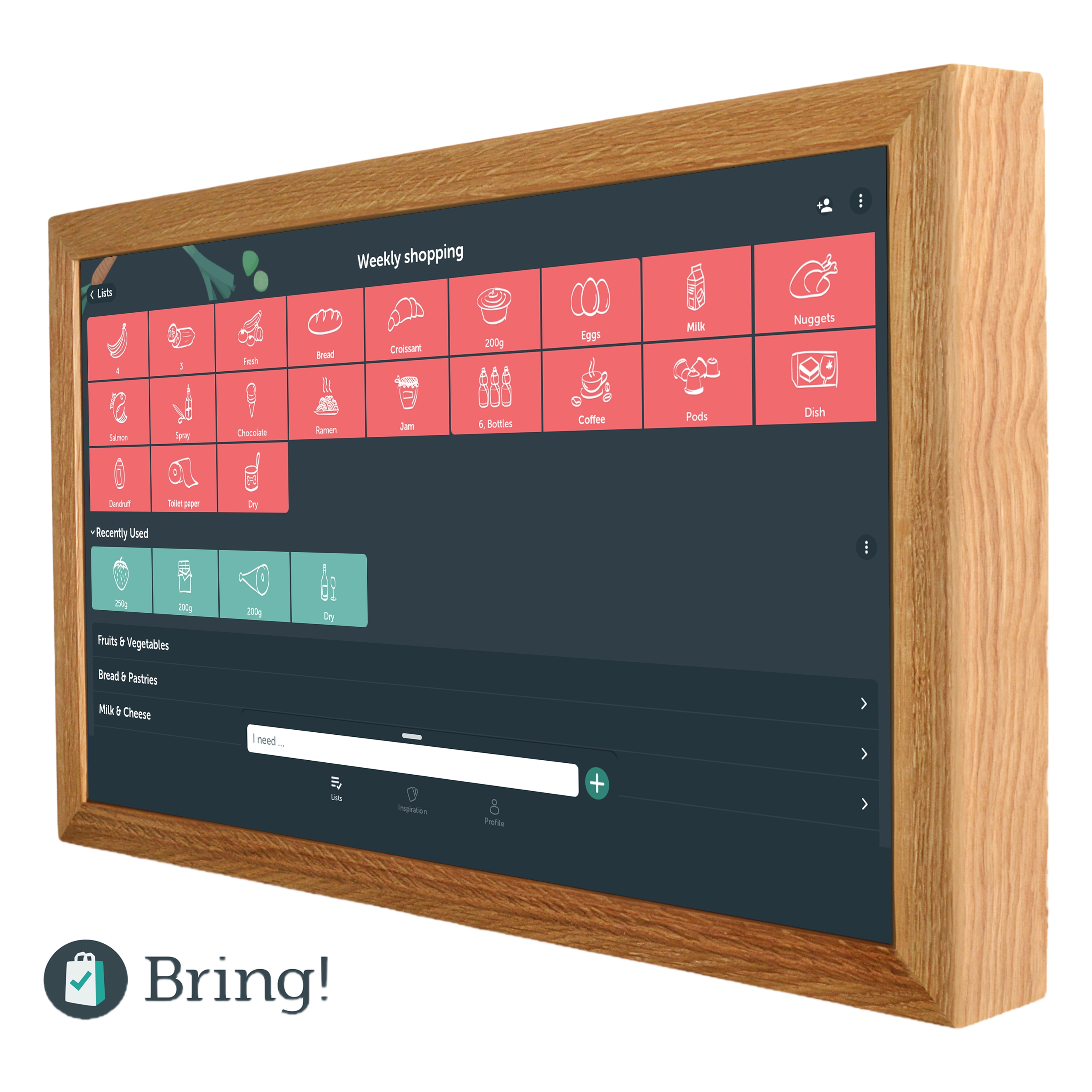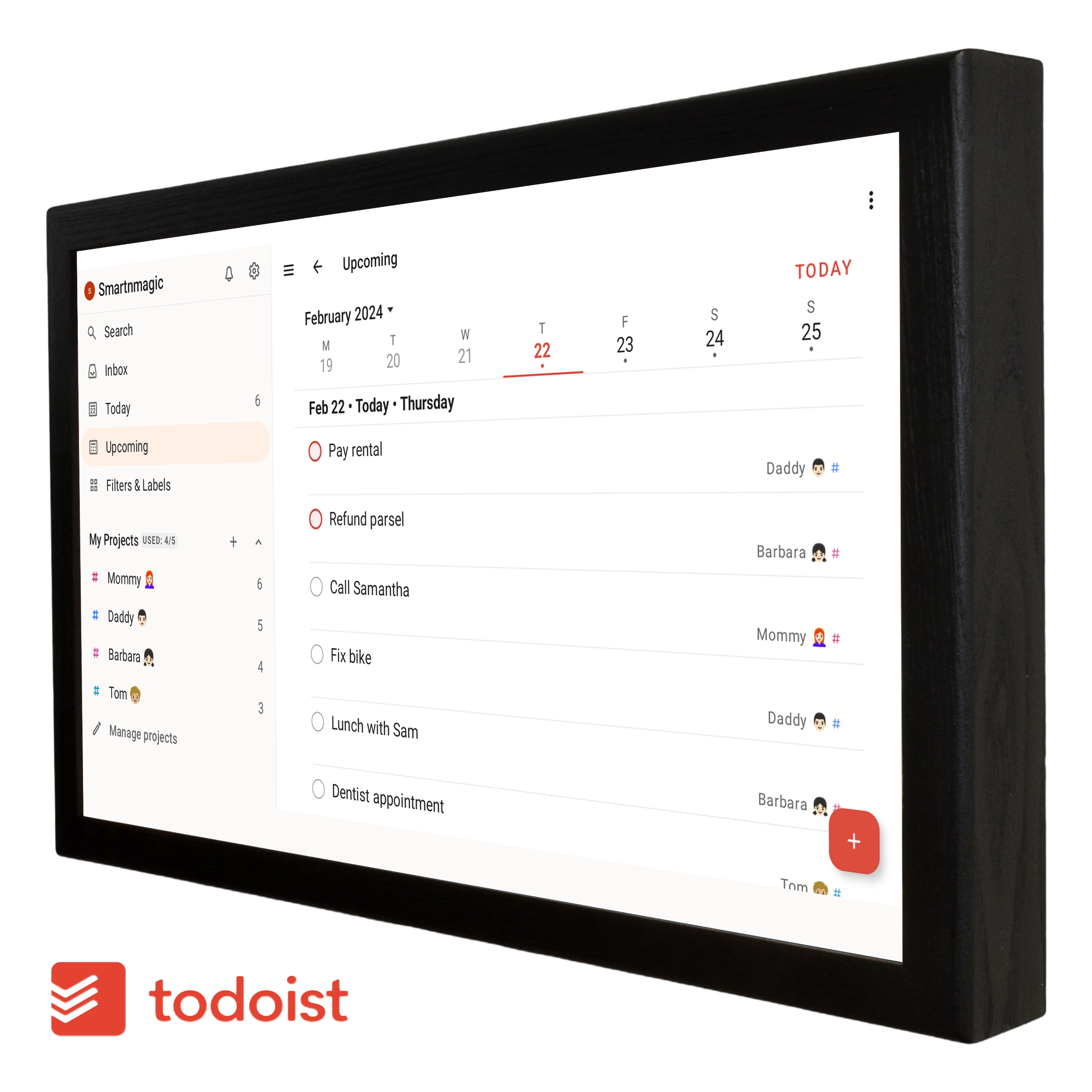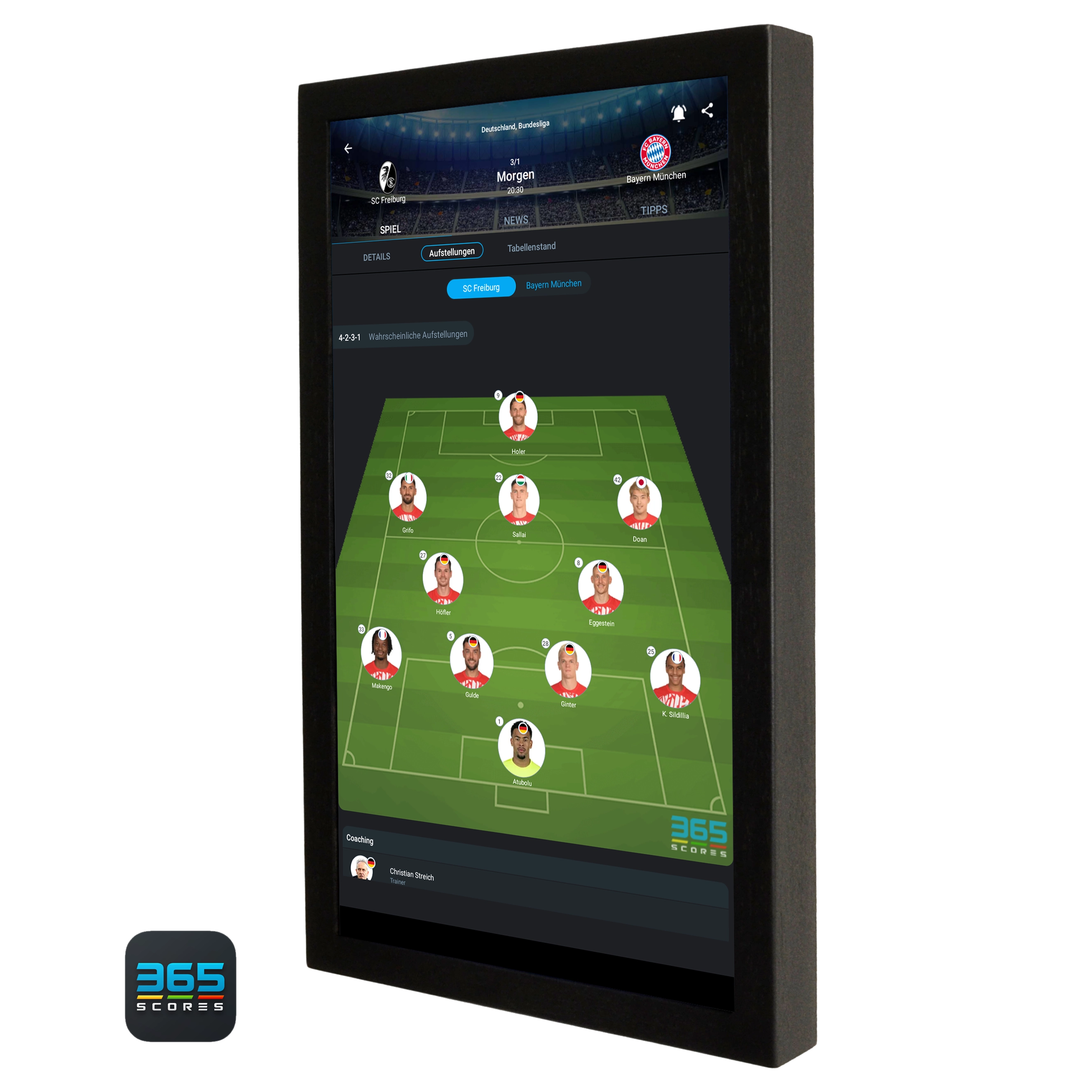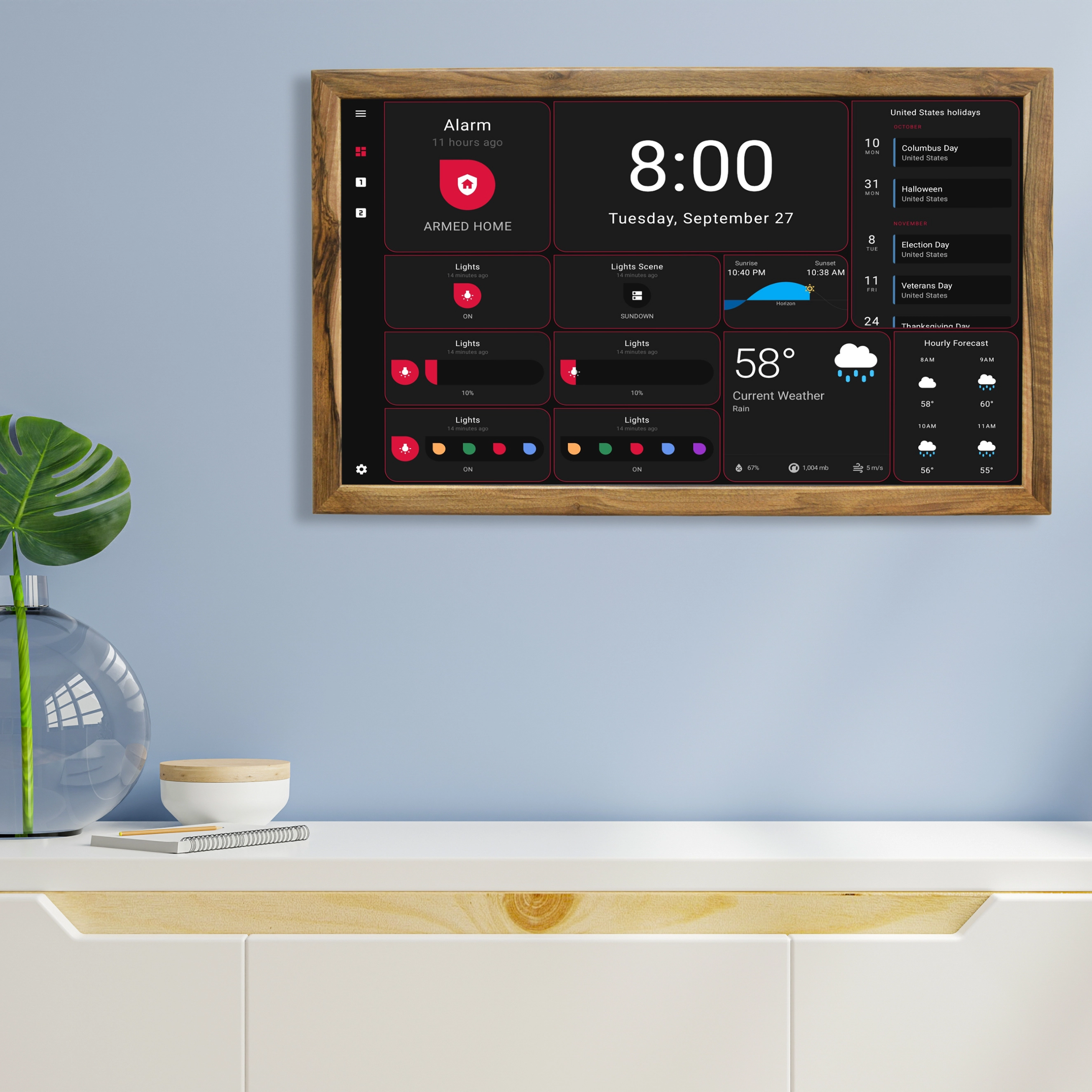As someone who has been using the Pomodoro Technique for several years, I can attest to its effectiveness in boosting productivity and focus. The method has helped me to stay on track with my tasks and achieve my goals in a more efficient manner.
The basic idea of the Pomodoro Technique is to break down work into intervals, typically 25 minutes in length, and to take short breaks in between these intervals. The name "Pomodoro" comes from the Italian word for tomato, as the method was named after the tomato-shaped kitchen timer that Francesco Cirillo used when he first developed the technique.
One of the reasons I find the Pomodoro Technique so effective is that it provides a clear structure for my workday. Rather than just diving into my tasks without a plan, I am able to break down my work into manageable chunks and allocate a set amount of time for each task. This helps me to stay focused on the task at hand and avoid distractions.
To use the Pomodoro Technique effectively, it is important to first identify the tasks you need to complete. I typically start my day by creating a to-do list and prioritizing my tasks based on their importance and urgency. Once I have my list, I estimate how long each task will take me to complete and allocate a specific number of Pomodoros to each task.
When I start a Pomodoro, I set a timer for 25 minutes and work on the task without interruption until the timer goes off. During this time, I avoid checking my phone or email, and try to stay completely focused on the task at hand. Once the timer goes off, I take a five-minute break to stretch, get a drink of water, or do something else to recharge my brain. After four Pomodoros, I take a longer break of 15-20 minutes to rest and recharge.
One of the things I love about the Pomodoro Technique is that it is very adaptable to different types of tasks and work environments. For example, if I am working on a creative project that requires more focus and concentration, I might set my Pomodoro intervals for 50 minutes instead of 25. On the other hand, if I am working on a task that requires less concentration, such as answering emails, I might set my intervals for 15 minutes instead.
Another way to use the Pomodoro Technique effectively is to use it in conjunction with other productivity tools. For example, I like to use the "Pomodoro Tracker" app on my phone to keep track of my Pomodoro intervals and to record my progress. This helps me to stay accountable and motivated, as I can see how much time I have spent on each task and how close I am to completing my goals.
In addition, I find that taking regular breaks throughout the day helps me to stay energized and avoid burnout. By taking short breaks every 25 minutes or so, I am able to rest and recharge my brain, which helps me to stay focused and productive over the course of the day.
One of the things I have found most helpful about the Pomodoro Technique is that it allows me to take a step back and assess my progress throughout the day. By breaking down my tasks into manageable intervals, I can see how much progress I am making and adjust my approach as needed. For example, if I find that a task is taking me longer than I anticipated, I can adjust my remaining Pomodoros for the day to ensure that I am still able to complete all of my tasks.
Another benefit of the Pomodoro Technique is that it can help to promote mindfulness and present-moment awareness. When we are working on a task, it can be easy to get caught up in our thoughts and worries about the past or future. By setting a timer for 25 minutes and focusing on the task at hand, we are better able to stay present and focused on the moment. This can help to reduce stress and improve our overall sense of well-being.
One of the challenges of the Pomodoro Technique is that it can be difficult to maintain focus for an entire 25-minute interval. To address this challenge, I have found it helpful to use a few different strategies. First, I try to eliminate as many distractions as possible during my Pomodoro intervals. This might mean turning off my phone, closing my email inbox, or using noise-cancelling headphones to block out external noise.
In addition, I have found it helpful to break down my tasks into smaller, more manageable sub-tasks. This allows me to make progress on a task even if I am struggling to maintain focus for the entire Pomodoro interval. For example, if I am working on a writing project, I might break the task down into outlining, drafting, and editing sub-tasks, and allocate a set number of Pomodoros to each sub-task.
Another challenge of the Pomodoro Technique is that it can be difficult to take breaks when we are in the middle of a task. To address this challenge, I try to remind myself that taking breaks is actually a necessary part of the process. By taking short breaks every 25 minutes, I am actually allowing myself to work more efficiently and effectively over the course of the day.
Finally, I have found it helpful to experiment with different Pomodoro interval lengths to see what works best for me. While 25 minutes is the traditional length for a Pomodoro interval, some people may find that they are able to focus for longer or shorter intervals. By experimenting with different lengths, we can find the approach that works best for our individual needs and preferences.
In conclusion, the Pomodoro Technique is a simple but powerful productivity tool that can help us to stay focused, motivated, and efficient throughout the day. By breaking down our tasks into manageable intervals and taking regular breaks, we can work more effectively and reduce stress and overwhelm. While the technique may take some practice to master, the benefits are well worth the effort. With some experimentation and a commitment to the process, anyone can learn to use the Pomodoro Technique effectively and achieve their goals with greater ease and efficiency.
Overall, the Pomodoro Technique has been an incredibly helpful tool for me in increasing my productivity and achieving my goals. By breaking down my work into manageable intervals and taking regular breaks, I am able to stay focused and avoid distractions, which has helped me to accomplish more in less time. If you are looking for a way to increase your productivity and focus, I highly recommend giving the Pomodoro Technique a try!
